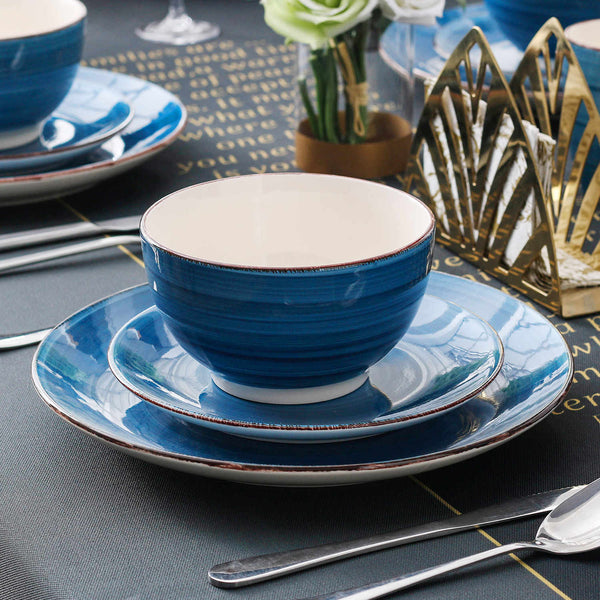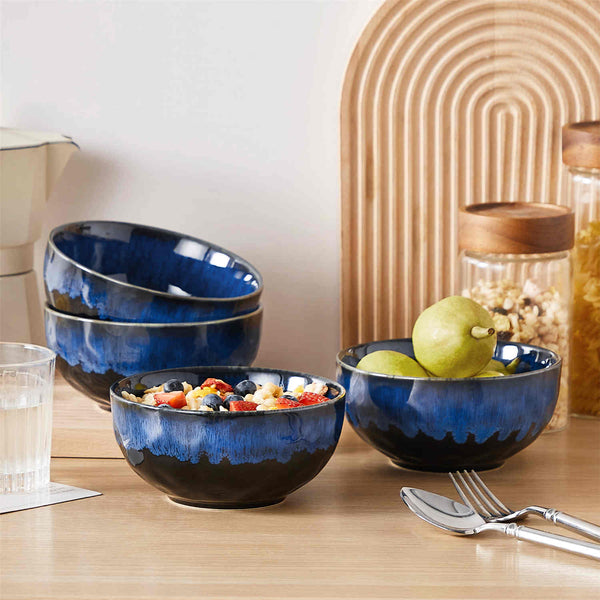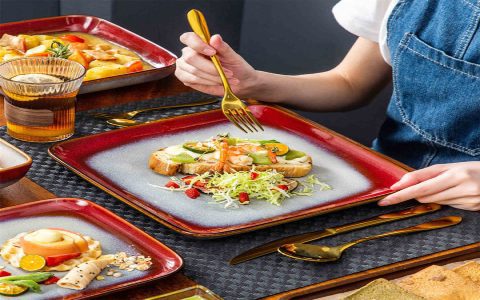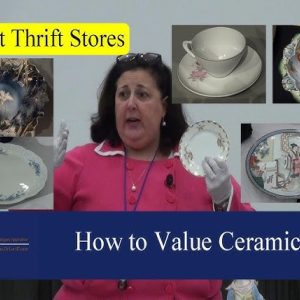The Appeal of Vintage Stoneware Bowls
Vintage stoneware bowls offer a compelling blend of robust functionality and distinctive aesthetic appeal. Stoneware, a type of ceramic fired at high temperatures, is inherently durable, non-porous, and often chip-resistant, making it an excellent material for dishware. When considering vintage pieces, these practical qualities are augmented by unique historical charm and craftsmanship.
Why Choose Vintage Stoneware?
- Enduring Quality: Many vintage stoneware bowls were crafted with a focus on longevity. Their robust nature means they can still serve practical purposes in a modern kitchen, often outlasting contemporary, mass-produced alternatives.
- Unique Designs & Glazes: Vintage collections showcase a vast array of colors, patterns, and glaze techniques specific to different eras and artisans. This offers an individuality not commonly found in new items. From speckled finishes and earthy tones to hand-painted motifs, each piece can possess a distinct character.
- Character & Patina: The subtle wear, crazing (a network of fine cracks in the glaze, often desired in vintage ceramics), or slight imperfections on vintage stoneware tell a story, adding a layer of character that new items lack.
- Sustainable Choice: Opting for vintage stoneware is an environmentally conscious decision, promoting reuse and reducing the demand for new manufacturing resources.
Identifying Vintage Stoneware Bowls

Authenticating and dating vintage stoneware can involve observing several key indicators:
- Maker's Marks: Inspect the base of the bowl for stamps, imprints, incised marks, or signatures that can help identify the manufacturer, country of origin, and potentially the period of production.
- Glaze Characteristics: Certain glaze types, specific color palettes (e.g., the muted greens and browns popular in the 1970s), and textures (like salt glazes or reactive glazes) can be indicative of vintage origin. Look for depth and richness in the glaze application.
- Weight and Thickness: Vintage stoneware often feels substantial and may be noticeably thicker or heavier than many modern equivalents, reflecting older manufacturing processes.
- Form and Style: The shape of the bowl, its handles (if present), rim details, and any decorative elements can reflect design trends prevalent in specific decades or artistic movements.
Care and Usage Recommendations
While stoneware is generally known for its robustness, vintage pieces benefit from mindful handling to preserve their condition:
- Cleaning: Handwashing with mild detergent is often the gentlest method for vintage stoneware, especially if it has delicate patterns or significant crazing. While many stoneware pieces are dishwasher safe, exercise caution with older items whose history is unknown. Avoid abrasive scouring pads.
- Temperature Changes: Stoneware typically handles heat well. However, for vintage items, it is prudent to avoid sudden extreme temperature changes (e.g., transferring directly from a refrigerator to a hot oven) to prevent thermal shock, which could cause cracking.
- Food Safety: Most vitrified stoneware is food safe. If there are concerns about the glaze composition of very old or primitively made pieces (e.g., potential for lead in certain bright colorants from specific eras), consider using such items for decorative purposes or for serving dry, non-acidic foods.
Considerations for Collectors and Users
When acquiring vintage stoneware bowls, carefully inspect each piece for significant chips, deep cracks (beyond aesthetic crazing), or poorly executed repairs that might compromise usability or value. Understand that minor imperfections and signs of age are often integral to their vintage appeal. The rarity, maker, condition, design intricacy, and provenance will influence the desirability and price of vintage stoneware bowls. These versatile pieces can enhance various decor styles, adding warmth, texture, and a touch of history to any kitchen or dining setting.













